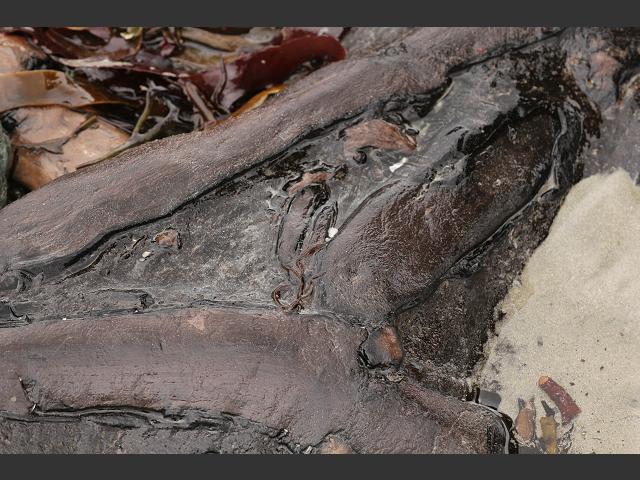
APHOTOMARINE
An educational resource dedicated mainly to the photography
and diversity of marine life that can be found in coastal waters
and intertidal areas of Great Britain and Ireland by David Fenwick.

The Submerged or Submarine Forests of Mount's Bay (Geology Images)
Scroll down and rollover titles to change screen image or click on title to view image.
Submerged Forest
Mount's Bay
- Petrified wood 1
Mount's Bay
- Petrified wood 1
Submerged Forest
Mount's Bay
- Petrified wood 2
Submerged Forest
Mount's Bay
- Petrified wood / Alder 1
Submerged Forest
Mount's Bay
- Petrified wood / Peat Deposit 1
Submerged Forest
Mount's Bay
- Petrified wood / Peat Deposit 2
Submerged Forest
Mount's Bay
- Petrified wood / Peat Deposit 3
Submerged Forest
Mount's Bay
- Petrified wood / Peat Deposit 4
Submerged Forest
Mount's Bay
- Petrified wood / shipworms 1
Submerged Forest
Mount's Bay
- A Shipworm Shell / Valve 1
Submerged Forest
Mount's Bay
- Large Peat Pebble 1
Submerged Forest
Mount's Bay
- Peat Pebbles 1
Large amounts of wood and peat were found on a very low spring tide between the following grid references, between Penzance Harbour and the rocks at Chyandour.
Eastern Extent: SW4790630774 - SW4792330766
Western Extent: SW4786830743
The peat deposits are quite soft and spongy underfoot and they contail remains of trees. The organic remains may contain the bivalve molluscs Piddocks and even Shipworms. See - Peat Pebble 1 above.
If the sea has uncovered the material it can be seen on an extreme low tide by going down to the low tide mark and walking west when first stood in line with the right hand corner of the signal box east of Penzance Station.
The visible area is about 50m wide, and it appears it is an ancient tree lined lake bed. Trees that have been identified include Alder and Hazel.
For images of Piddocks and Shipworms see Marine Bivalves.

The main objective of this website is in furthering environmental awareness and education through the medium of photography. To increase awareness and access to the wildlife of the region and help
people find and identify it. Sometimes the difference between species is obvious but many species can only be determined by observing microscopic characteristics that are specific to any one species.